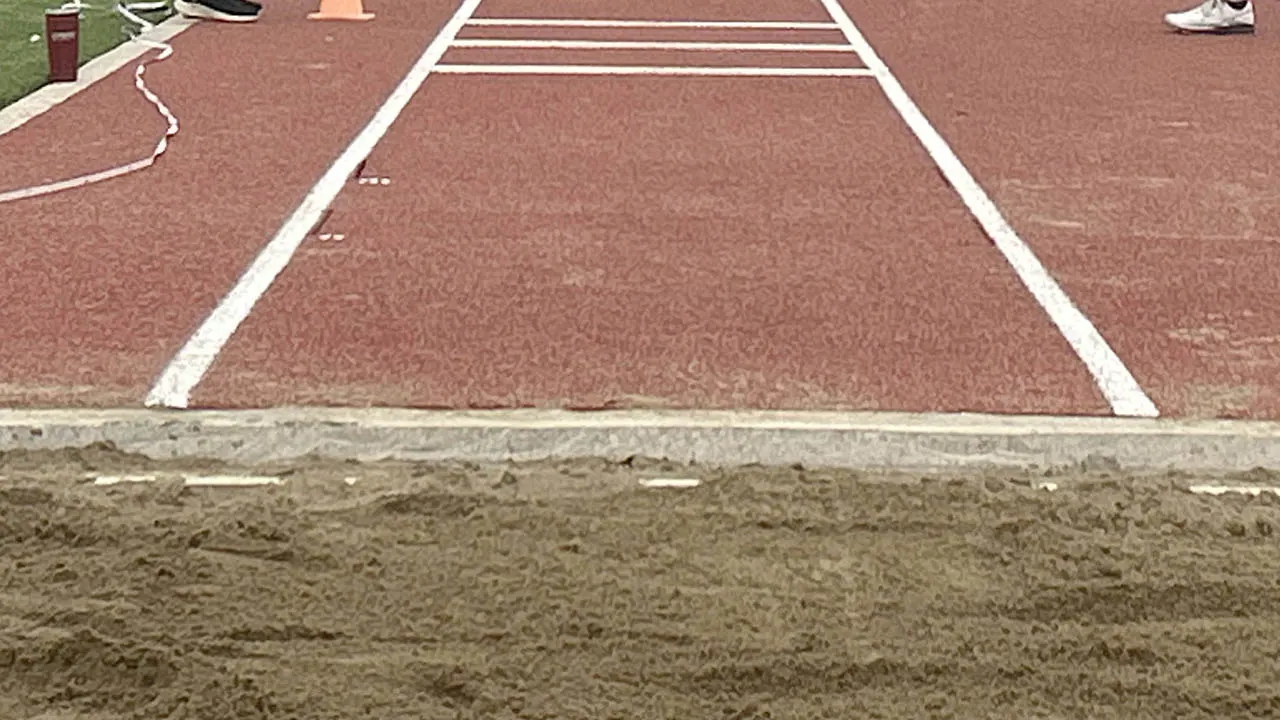Illinois High School Athlete’s Devastating Injury Sparks Urgent Safety Debate
In a tragic incident that has shaken the Illinois sports community, a star high school athlete sustained life-altering injuries during a routine triple jump warm-up last Friday. The 17-year-old honors student from Springfield Central High School landed awkwardly after a practice attempt, resulting in a compound fracture and severe ligament damage that required emergency surgery. This devastating event has reignited critical conversations about safety protocols in high school track and field programs across the nation.
The Incident That Changed Everything
Witnesses reported hearing a “loud pop” as the athlete, whose family has requested privacy, came down on the take-off board during what should have been a low-risk preparation drill. Coach Mark Reynolds, a 20-year veteran of the program, immediately called for medical assistance as the student-athlete lay motionless in the pit.
“We’ve done these warm-ups thousands of times without incident,” Reynolds told reporters, his voice cracking with emotion. “But it only takes one misstep, one uneven surface, one moment of distraction for tragedy to strike.”
Emergency responders arrived within eight minutes and transported the student to Memorial Medical Center, where orthopedic specialists performed a four-hour surgery to repair the damage. While doctors expect the athlete to eventually walk again, the possibility of returning to competitive sports remains uncertain.
Alarming Statistics Behind High School Sports Injuries
This incident reflects a broader national concern. According to the National Athletic Trainers’ Association:
- High school athletes account for an estimated 2 million injuries annually
- Track and field events cause 15% of all sports-related catastrophic injuries
- Only 37% of high schools employ full-time athletic trainers
- Triple jump accounts for 22% of all jumping event injuries
Dr. Alicia Chen, a sports medicine specialist at the University of Illinois, explains: “The triple jump combines three high-impact movements – the hop, step, and jump – creating multiplied forces on developing joints. Without proper conditioning and surface maintenance, we’re essentially asking teenage bodies to withstand forces comparable to a minor car crash.”
Safety Protocols Under Scrutiny
The Springfield incident has prompted school administrators to review their safety measures. Preliminary reports suggest several potential contributing factors:
- The take-off board showed visible wear from weather exposure
- No athletic trainer was present during the warm-up session
- The landing pit hadn’t been raked between attempts
However, Coach Reynolds defends his program’s safety record: “We follow all IHSA guidelines to the letter. But guidelines don’t account for every variable – fatigue, growth spurts, even weather conditions can change the equation.”
This perspective is challenged by safety advocates like Janet Kowalski of the Youth Sports Safety Alliance: “Compliance with minimum standards isn’t enough. We need proactive risk assessment, better equipment maintenance, and mandatory trainer presence at all practices – not just games.”
The Road to Recovery and Reform
As the injured athlete begins what doctors estimate will be a 12-18 month rehabilitation process, the Illinois High School Association has announced it will convene a special task force to review jumping event safety protocols. Proposed changes include:
- More frequent equipment inspections
- Mandatory pre-season biomechanical assessments
- Revised warm-up procedures
- Increased education on proper landing techniques
Meanwhile, a GoFundMe campaign for the athlete’s medical expenses has raised over $85,000 in just five days, demonstrating the community’s support. “This isn’t just about one school or one athlete,” notes Dr. Chen. “It’s about recognizing that adolescent athletes aren’t miniature adults – their bodies require specialized care and precautions.”
A Call to Action for Safer Sports
This heartbreaking incident serves as a wake-up call for schools nationwide. While the thrill of competition will always carry some risk, experts agree that simple measures could prevent similar tragedies:
- Advocate for certified athletic trainers at all practices and games
- Support legislation for better sports safety funding
- Educate young athletes about listening to their bodies
- Encourage cross-training to prevent overuse injuries
As the injured athlete’s family stated through their attorney: “We don’t seek blame – we seek change. No family should endure this preventable pain.” For those wishing to support sports safety initiatives, the National Athletic Trainers’ Association offers resources and advocacy tools at www.nata.org.
See more Sky News Portal



